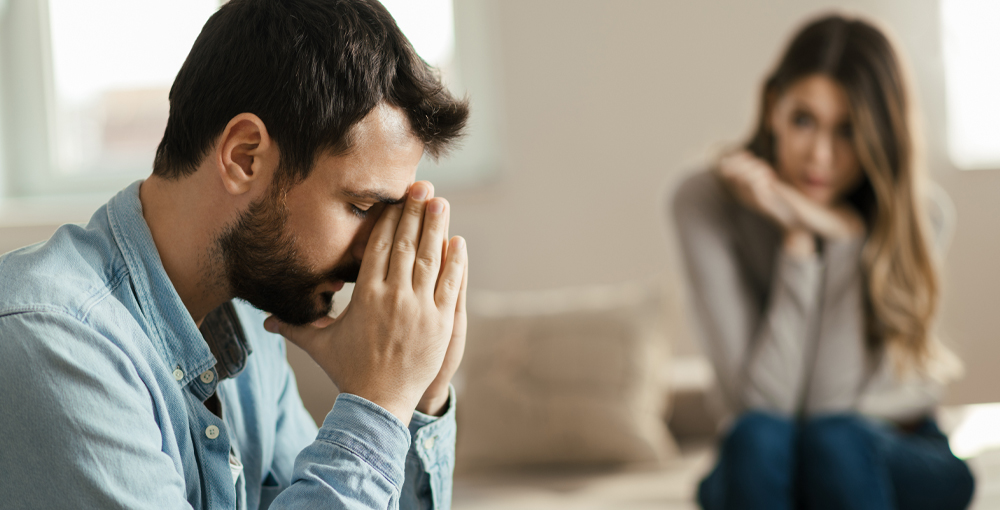Understanding Codependency — And Why It Matters

Codependency is a common relationship pattern often linked to anxiety, substance use, addiction, and other mental health struggles. But what does it really mean — and is it always harmful?
According to Co-Dependents Anonymous (CoDA), codependency traits can be grouped into five main categories. CoDA, a 12-step fellowship for people working to heal from codependency, outlines these traits on its website under the Meeting Materials section.
[Click here for additional codependency resources.]
As we’ve shared earlier in this series, most people display some level of codependent traits — because humans are naturally interdependent. We need one another to survive and thrive. However, CoDA suggests that if you identify with four or more traits in any of the five groups, you may be struggling with codependency in that area. These patterns can be connected to anxiety, addiction, or other mental health issues. Fewer than four traits generally suggest healthy interdependence.
Over the coming weeks, we’ll break down each group of codependent traits to help you reflect on your own patterns. Understanding these characteristics can support healing in therapy, addiction recovery, or mental health work. We’ll begin with the first category: Denial Patterns.
Denial Patterns
People with codependent tendencies often show denial patterns such as:
-
Difficulty identifying their feelings
-
Minimizing, altering, or denying emotions
-
Seeing themselves as completely selfless and devoted to others
-
Struggling to empathize with others’ feelings and needs
-
Labeling others with their own negative traits
-
Believing they don’t need help or support from anyone
-
Masking pain with anger, humor, or isolation
-
Expressing negativity or aggression indirectly or passively
-
Failing to recognize the emotional unavailability of people they’re drawn to
At the core, denial patterns are about avoiding or rejecting uncomfortable truths — about oneself or one’s relationships. They’re defense mechanisms developed to cope with pain, instability, or past hurt.
Making Sense of These Traits
Some of these descriptions may seem extreme at first glance. For example, “lack empathy for others” doesn’t mean someone is cold or cruel. Often, people with denial patterns haven’t learned how to identify their own emotions, which makes it harder to understand and respond to others’ feelings.
Similarly, “I can take care of myself without help” might feel like independence, but complete self-sufficiency is an illusion. Even something as simple as eating requires depending on farmers, food workers, and supply chains. Believing we don’t need anyone is itself a denial pattern — a way to avoid the vulnerability of needing others.
Why This Matters
Denial patterns can help protect us when others feel unsafe or unreliable. But when these defenses become our default way of living, they keep us isolated, disconnected, and unable to grow in healthy relationships.
Recognizing and challenging denial patterns is an important step toward healing from codependency — and can be deeply impactful for those struggling with anxiety, addiction, or other mental health concerns.
